I've been working on this design for the last couple years, refining it as weaknesses show up and making it easier to use. My daughter has used them extensively during that time, testing them out and helping me figure out what areas need improvement. Since she's started using them, her arm control and strength have improved markedly. The changes are visible not only when she's wearing the arm floats, but most importantly, her ability to use her arms is also significantly improved when she's not wearing them.
Several years ago, I became aware of orthotic devices for people in wheelchairs that make it easier for them to move their arms by reducing the burden of fighting gravity. My daughter even had the opportunity to trial one such device. It was clear that such a device could help. While my wife was fighting with insurance companies trying to get them to cover such a device (they cost thousands of dollars per arm), I set to designing one from the ground up. I wanted to build something that was easily to manufacture for any hacker with a 3D printer, a few easy to source hardware components, and a little time. The raw materials to build the current model cost somewhere around $50 to build arm floats for both arms. I settled on the novel concept of using a horizontal chain as the mechanism for freedom of motion in the XY plane, and through iterative design cycles, modified the sizing and bend limitations into different parts of the chain.
We use her arm floats frequently, and we've seen a significant improvement in my daughter's ability to use her arms since she started using her arm floats. Not only is she more adept at reaching and interacting with objects while wearing her arm floats, but her gains in strength and control are highly evident even when she's not wearing them.
I'm excited to share this project with the world, and am hopeful that others will be able to benefit as well.
Je suis la deuxième contributrice du projet (depuis la France) et j'ai réalisé en 2017 l'adaptation du projet de Mike pour une enfant de 4 ans. Je suis ravie d'avoir pu faire évoluer le projet de Mike.
 Mike Turvey
Mike Turvey


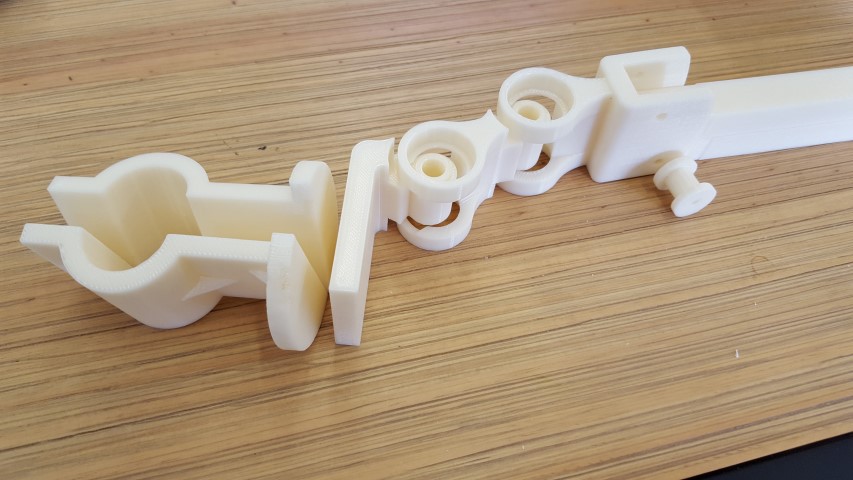

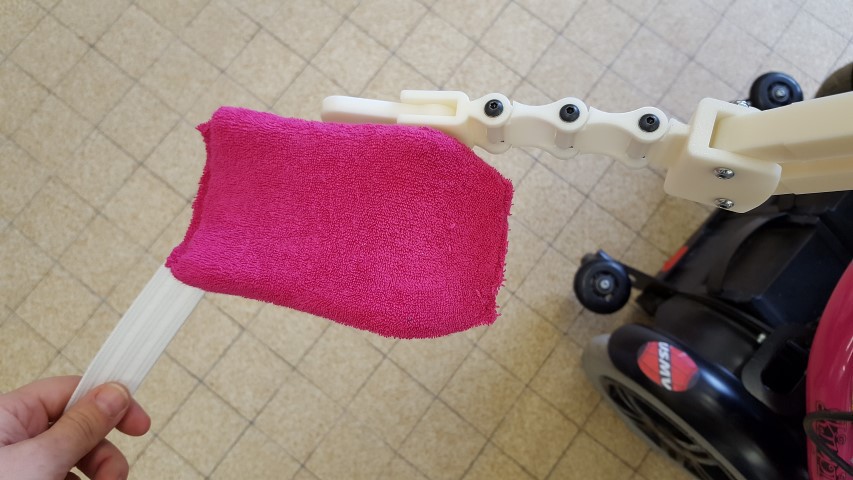
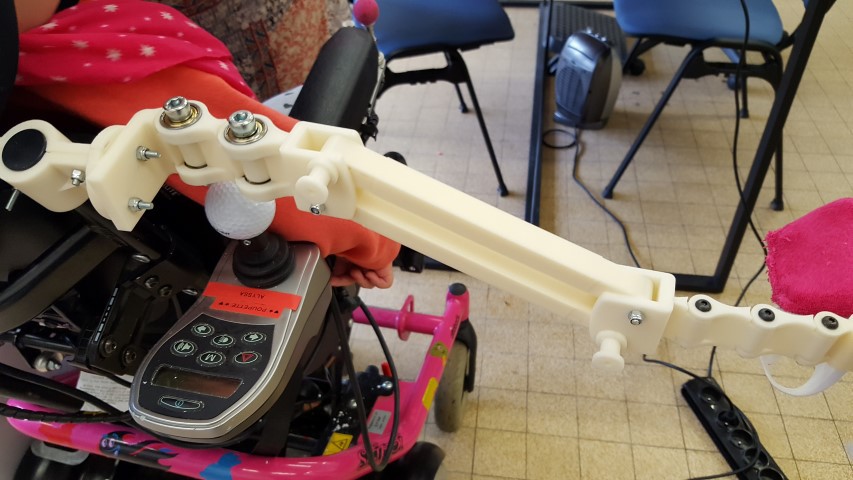
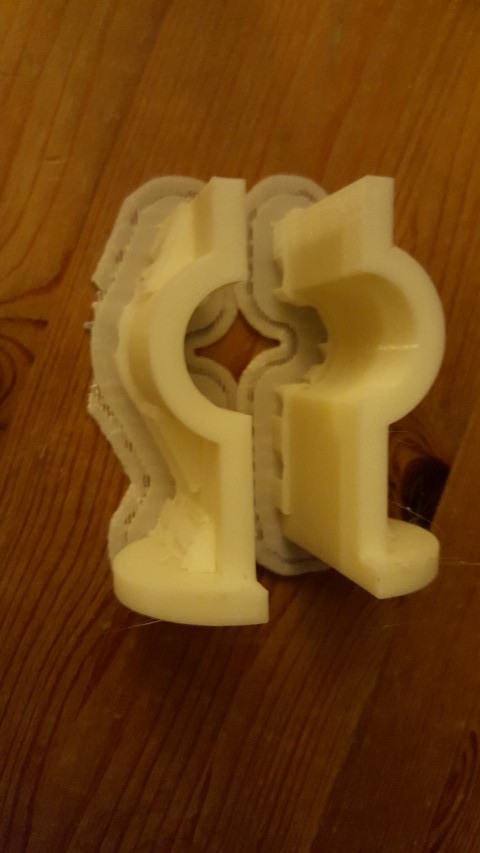



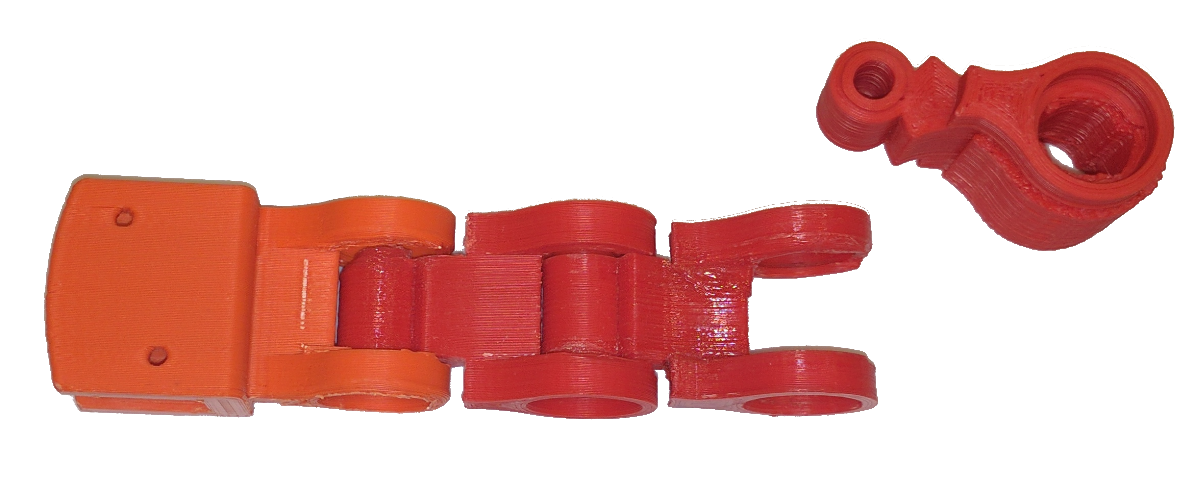
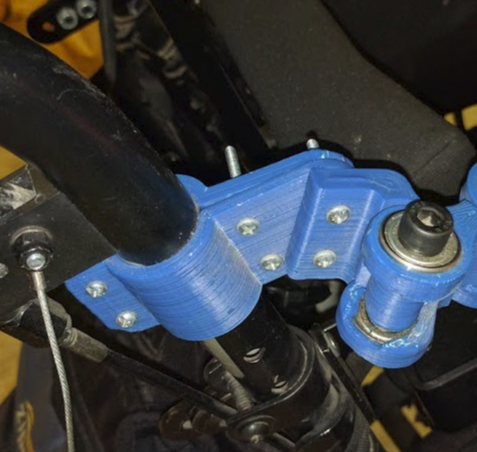
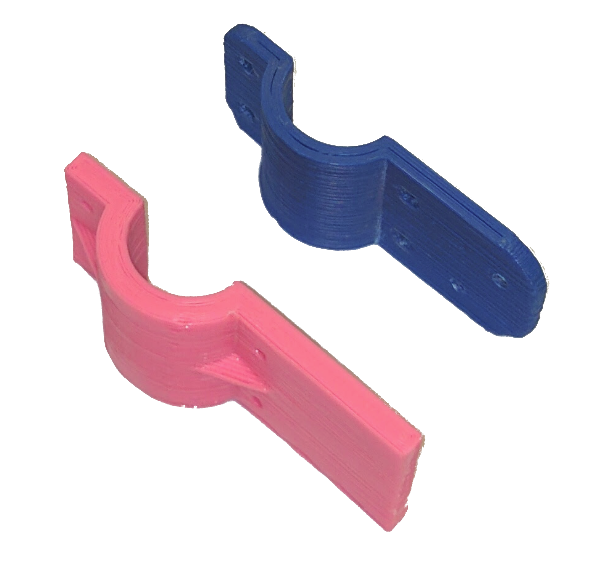
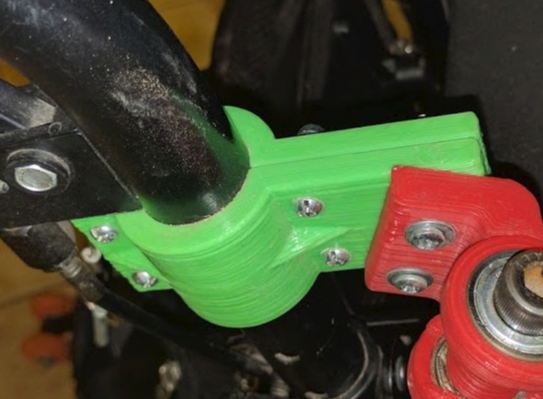
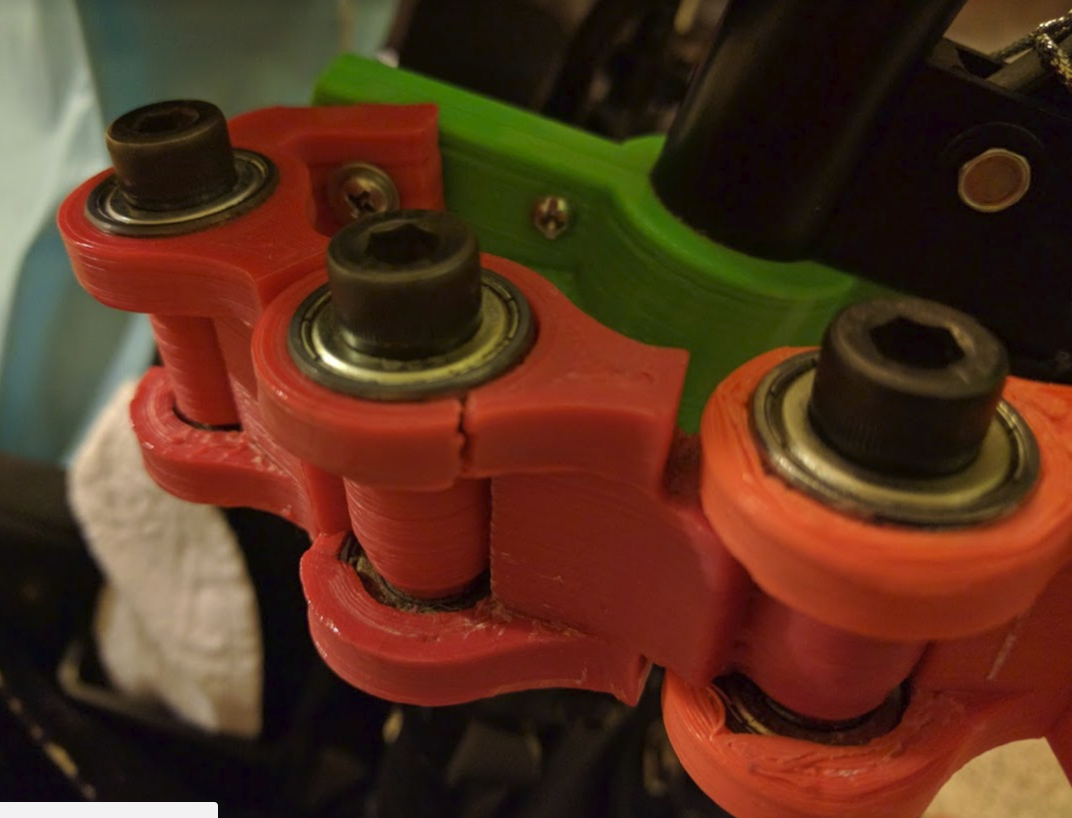
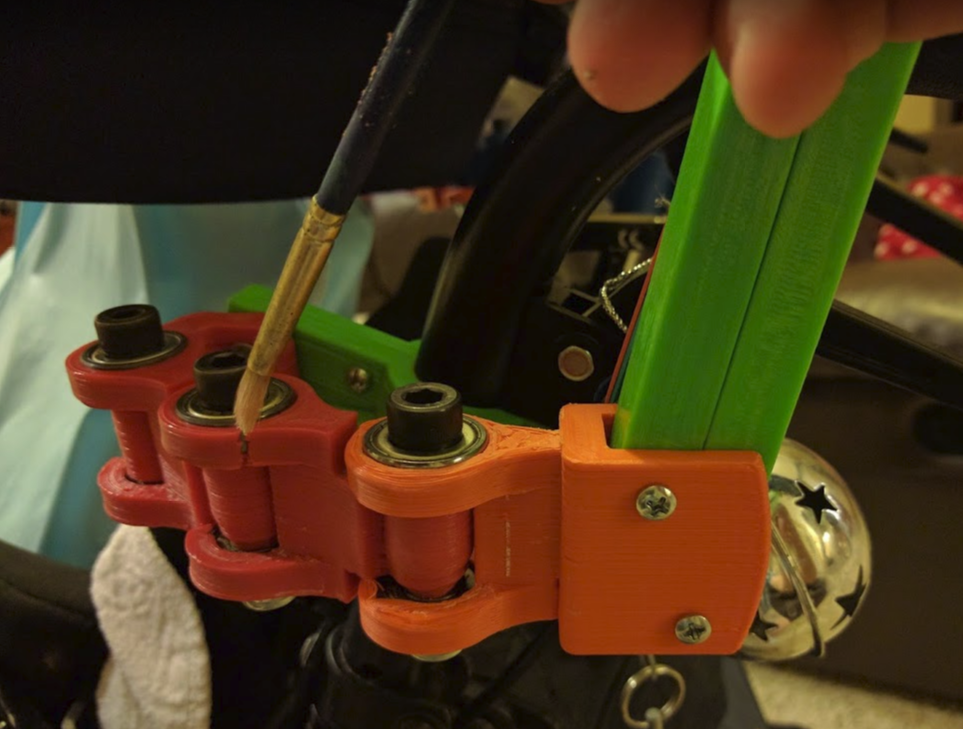

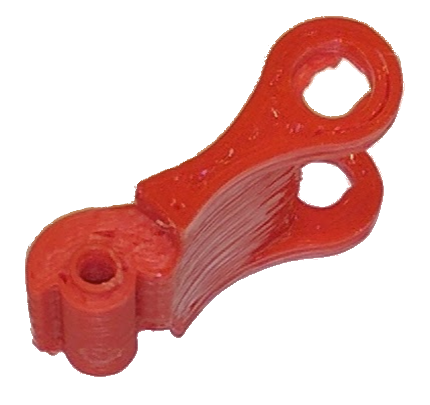


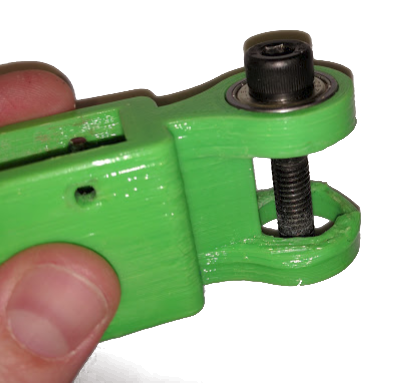
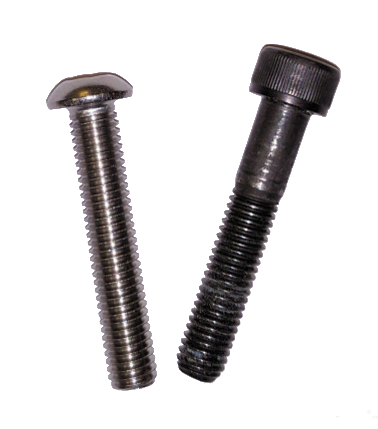


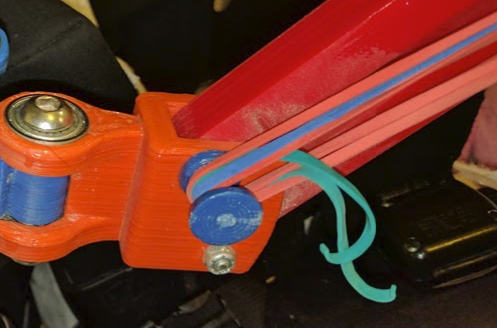


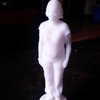
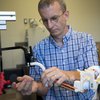

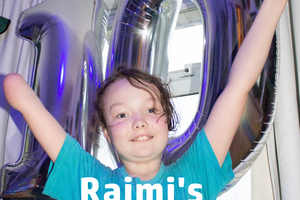
 Patrick Joyce
Patrick Joyce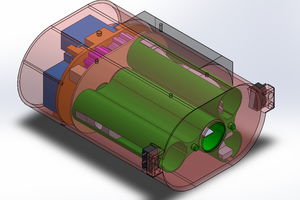
 Dante Kienigiel
Dante Kienigiel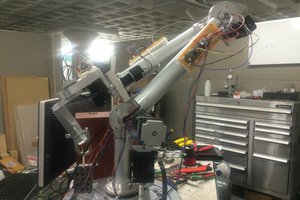
 Colin Kingsbury
Colin Kingsbury
 Oscar S.
Oscar S.
Hi! I know it has been years since this was posted, but we are a group of occupational therapists working in pediatrics who are starting to use our 3D printer more. We have a patient in mind we would love to print this awesome design for! Thanks!